Long exposure photography with the Fuji X-T3
My name is Víctor Santacruz, 31 years old, and I am currently living in Barcelona, where I work as a speech therapist.
I was born in Tortosa, a small town in the south of Catalonia, very close to the Ebro Delta. In addition, my partner Marta is from Palamós, on the Costa Brava, in the north of Catalonia, where we also often go. This has allowed me to travel to various places in Catalonia, but more frequently in the Delta and the Costa Brava, where I like to practice long-exposure photography.
I like to enjoy nature, both the mountains and the sea, and fortunately, in Catalonia, we can enjoy a variety of many great places. Marta and I like to go on excursions, where my photographic equipment is never missing. I have to thank her for her patience and absolute support in this hobby.
I could say that my interest in photography increased through our excursions, where I used to take photos with my mobile phone. However, photography is a discipline that has always generated interest in me. The turning point was when Marta gave me my first reflex camera, a Canon EOS 1300D, at the beginning of 2018. Since then, I have invested a lot of time in self-taught training and courses.
RIGHT: Canon 1300D . Tokina 11-20mmF2.8 @14mm . F/16 . 0.4” . ISO 100
The central point of my photographic practice has always been nature, especially landscape. For this reason, I deepened my knowledge with a specialization course in nature photography by the Institute of Photographic Studies of Catalonia (IEFC). However, I also like to practice gastronomic, social and portrait photography.
At first, I was interested in long exposure photography because it was a way of getting different photographs with striking results. However, over time I have understood that this style of photography, for me, is much more than that.
On the one hand, it is a technique with which we can achieve effects that our eyes and brain are incapable of creating. We could say that our mind works with quick shutters. Understanding this made me change how I see my photography, which I no longer understood as a capture of the moment, but as a process of creating a visual scene.
In addition, for me, long exposure is a very powerful tool to transmit sensations through photography. Silky smooth water without any texture will transmit a lot of calm, especially if a beautiful light accompanies it. On the other hand, with shorter exposure times (less than 1s to 3s), the movement of water and waves can be shown, maintaining a certain texture, so that the photograph gains a lot of dynamism and strength, especially when taken with adverse atmospheric conditions.
It is indeed easier to play with these elements when dealing with water (waterfalls, coast, waves…), but this technique is perfectly applicable in other aspects, such as lights or clouds. Thanks to a very long exposure, a sky with smooth clouds movement will transmit a very placid sensation, but a cloudy sky with a lot of texture will have a more aggressive visual component.
On the other hand, long exposure can also help us create visual elements that enhance composition, especially when photographing the coast. With a precise and adequate shutter time, the waves and their white foam leave white traces that can be very useful as leading lines and guide the observer’s eye where we are interested. It is a very powerful visual tool, but it is not always easy to achieve since it’s not us who control the sea and will often require many attempts until we find the perfect wave.
RIGHT: Canon 1300D . Tokina 11-20mmF2.8 @13mm . F/16 . 1/30” . ISO 100
Therefore, long exposure for me is essential in my style of photography, not only to beautify the image but as a resource to transmit emotions and compose photography. That is why it is critical to understand and know when to use one shutter time or another.
Fortunately, the areas I frequent are coastal, and it is easy to practice the long exposure. On the one hand, in the Ebro Delta, we find calm waters with shallow depth where I like to create photographs, often minimalist with a dreamy component, with fishing elements such as boats, poles, nets, etc. On the other hand, on the Costa Brava, we find many impressive rocky beaches that allow me to play with different styles of long exposure, from relatively short exposures (1s) to longer ones (2min or more).
I have been with my humble Canon gear for almost 3 years, which has allowed me to learn a lot and develop my style of photography. However, at some point, this gear did not meet my quality needs and expectations. So, I had to renew it. To do this, I spent a lot of time studying the market and comparing my needs with what each system offered me. Initially, obviously, I considered updating and improving the Canon system.
However, everything I needed required a Full Frame system with large, heavy, expensive lenses and difficulties in supporting my filter system, so I had to rule it out. Then I started looking at the Fujifilm X series, which had always caught my attention for how beautiful and aesthetic their cameras were. There were some requirements that the gear had to meet.
These were: a good camera and lenses sealing, since I often work with adverse atmospheric conditions and always in contact with water; a good sensor that had a wide dynamic range and a good performance in high ISO’s, since I frequently photograph scenes with a high dynamic range (sunrises and sunsets) and I also like night photography; a vast catalogue of stabilized, sealed lenses with good optical quality and compatible with a 100mm filter system; a fast and effective focusing system, since sometimes I practice wildlife photography, but also effective in low light conditions, since it makes work much easier when working with neutral density filters; a camera with technological tools such as focus peaking, focus stacking, etc.; and finally, that the system must have an affordable price, size and weight.
So, I found all these conditions in the Fujifilm X-T series, and although it was not easy to choose an unknown system for me, in December 2020, I acquired the new equipment, and I am very happy with my choice!
Currently, my gear is composed of a Fujifilm X-T3 body with a series of lenses that cover a wide focal range. I have the Fujinon XF10-24mm F4 R OIS WR, Samyang 12mm F2, Fujinon XF16-80mm F4 R OIS WR, Viltrox 56mm F1.4 and Fujinon XF100-400mm F4.5-5.6 R LM OIS WR.
As for accessories, I have a 100mm Lucroit filter holder with a set of Lucroit filters that consist of a 10-stops ND filter, a 3-stops gradient ND and a 112mm circular polarizer. My tripod is a Manfrotto Element Traveller Big. I also use a remote cable trigger and an intervalometer for time-lapses and night star tails.
RIGHT: Canon 1300D . Tokina 11-20mmF2.8 @11mm . F/2.8 . 25” . ISO 3200
I’ve only been able to see two drawbacks to this new equipment. On the one hand, the grip of the Fujifilm X-T3 is not very deep and makes it difficult to hold the camera well when working with uncomfortable positions or with large lenses. However, I always used an L-bracket since it is useful and comfortable to take vertically oriented photographs with the tripod, and currently, I have a SmallRig L-bracket that offers an additional grip, with which the problem of ergonomics is solved.
On the other hand, one of the problems I have encountered is the difficulty in reading the RAF files from X-trans sensors, especially when there are areas with a lot of texture, such as vegetation or rocks. I have always worked in the Adobe environment, but with the system change to Fujifilm, I have also had to switch to Capture One software, which is excellent!
So, my workflow for postprocessing has changed as well, and I’m adapting it. Currently, I do a full edit in Capture One, although sometimes I make a few last adjustments to Photoshop. In photographs that require different exposures, I work directly with Adobe Camera Raw and Photoshop in order to be able to create an HDR file or do it manually through a digital blending.
My workflow usually has some fixed steps: light and contrast adjustments, colour settings, special effects such as the Orton effect, blurring the horizon, dodge and burn, vignette; and final local settings to correct tones and colours. One of the advantages of the Fuji system in postprocessing is the existence of film simulation modes, which are incredible and give you a very good starting point, requiring less processing to reach the final photograph. In addition, the colours from Fuji are a wonder!
RIGHT: Fuji X-T3 . Fuji XF10-24mmF4 @13.20mm . F/5.6 . 60” . ISO 400
So, for those wondering if the Fujifilm X-T Series is suitable for landscape photography, the answer is a big yes. You can enjoy all the features from professional full-frame gear, but with the advantages of an APS-C format. The Fujifilm X system has allowed me to make long-exposure photography, and photography in general a simpler, faster task, with excellent quality and endless advantages! And let’s not forget, it’s a beautiful piece of gear!
If I had to give any advice to readers interested in long exposure photography, I would highlight several points. For starters, like any landscape photography, scene and light planning is essential! When choosing a shutter time, ask yourselves what we want to convey with that image and if we are interested in creating a new compositional element.
RIGHT: Fuji X-T3 . Fuji XF10-24mmF4 @10mm . F/5.0 . 3.0” . ISO 160
Depending on the answers, you will adapt the exposure. In this sense, and as I have explained above, the long exposure can contribute a lot to the composition, so to those who start in this technique, I encourage you to try creating leading lines through the textures generated with water, clouds, lights, etc.
For long exposure photography, it is essential to use neutral density filters, so as a last tip, I would recommend investing in good quality filters, which do not create colour dominants or any type of loss of sharpness. It would be a shame to have an excellent camera and lens in your hands, such as those of the Fujifilm X system, and place a low-quality glass in front of it (can you imagine a Ferrari with toy wheels?).
RIGHT: Fuji X-T3 . Fuji XF10-24mmF4 @10mm . F/14 . 1/40” . ISO 160
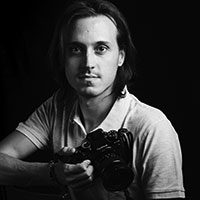
Víctor Santacruz Benaiges, amateur photographer and speech therapist as a profession. Specialized in nature photography by the Institute of Photographic Studies of Catalonia (IEFC). Although I move in various photographic disciplines, what I enjoy the most is landscape photography, where I often use the long exposure technique. I own a Fujifilm X series system, specifically a Fujifilm X-T3 with various lenses covering a wide focal range from 10mm to 400mm.

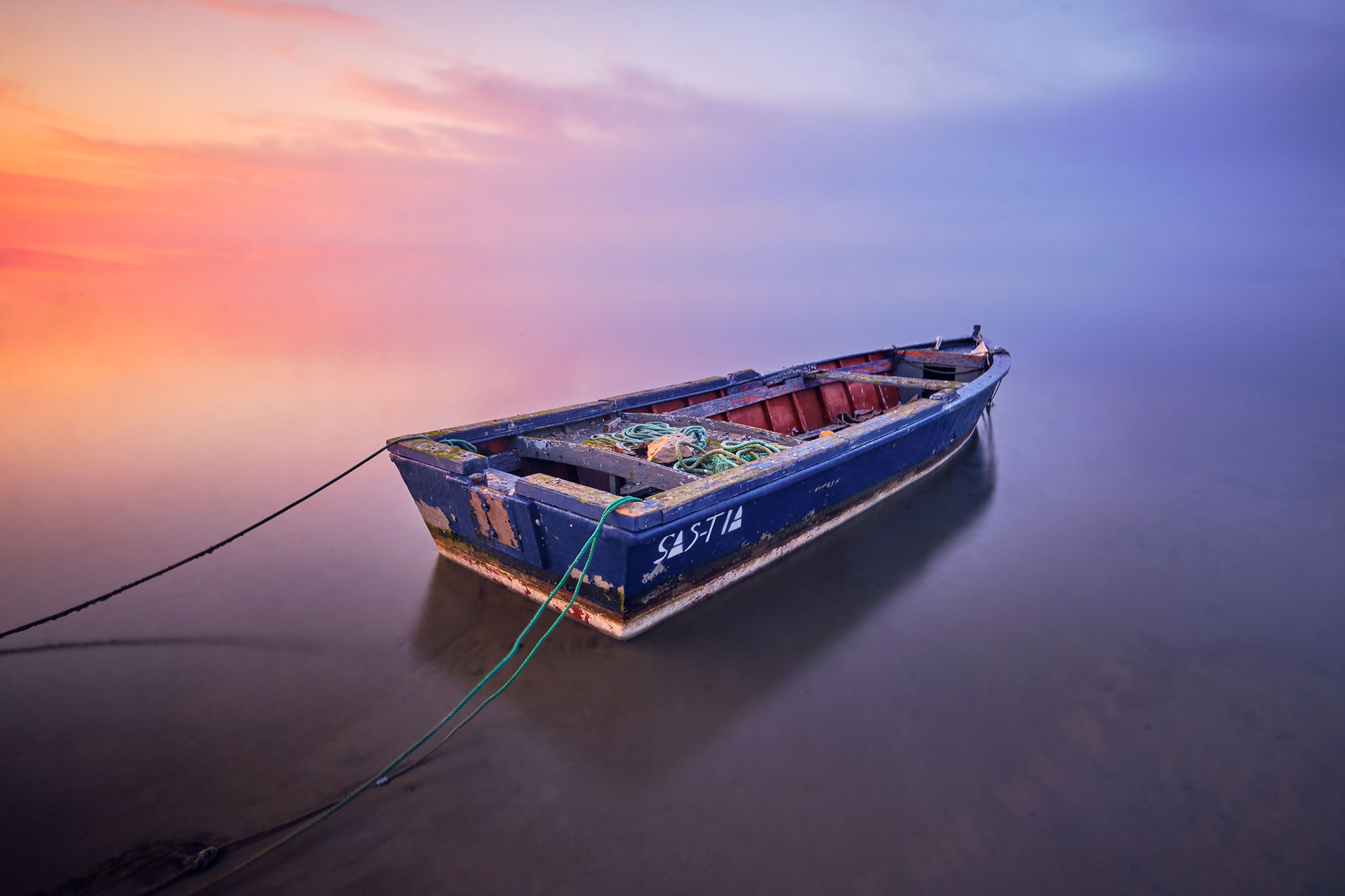









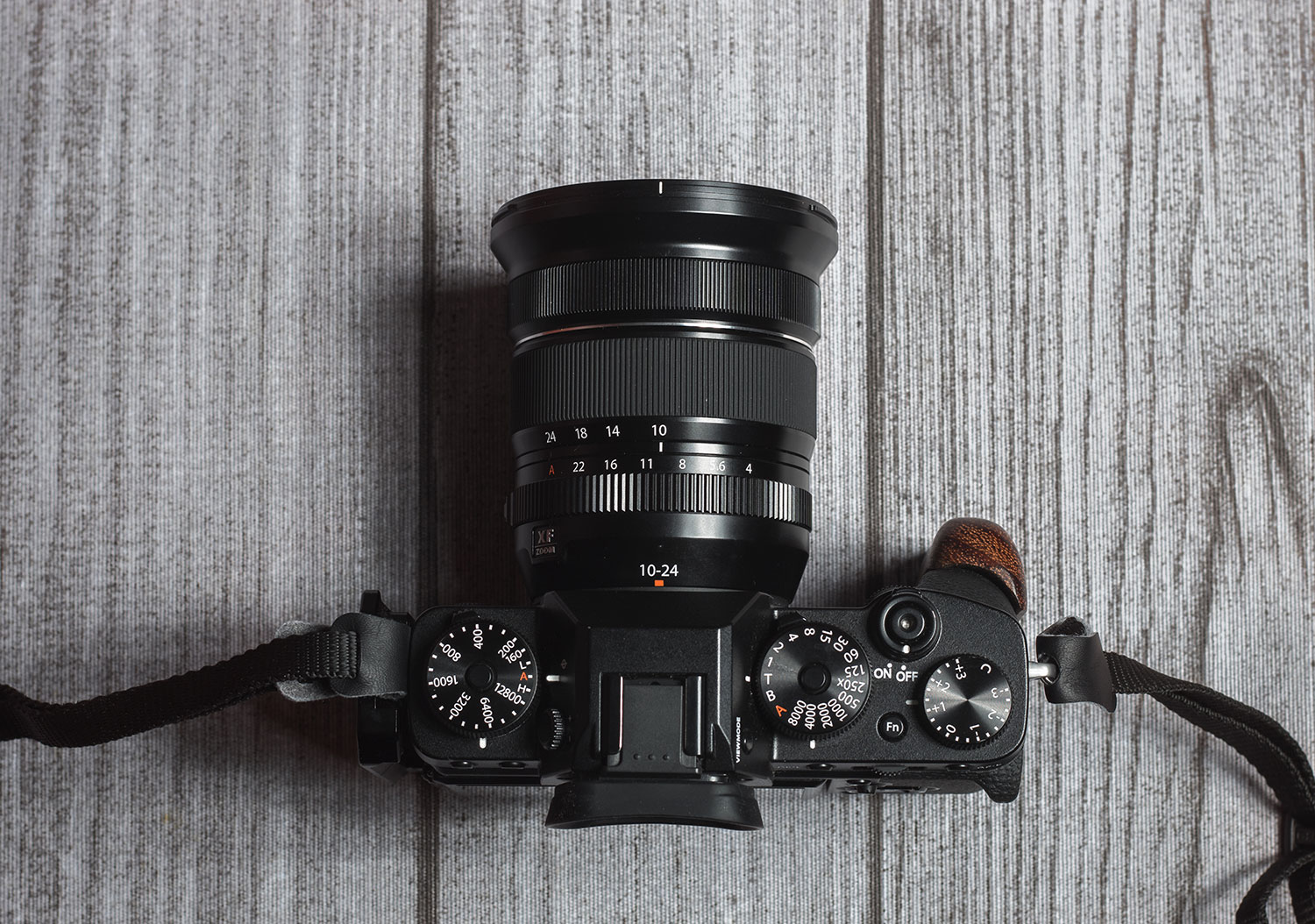


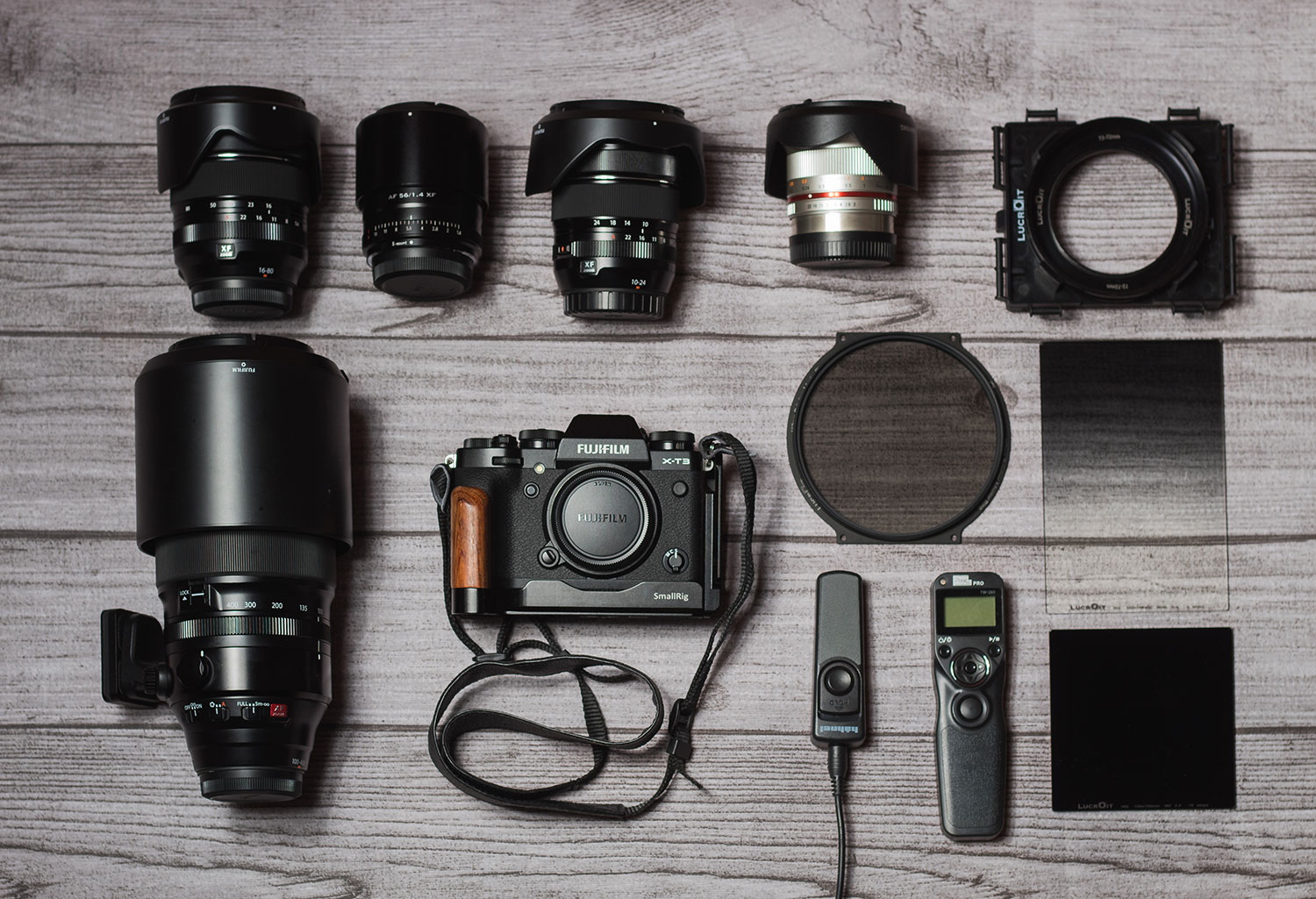

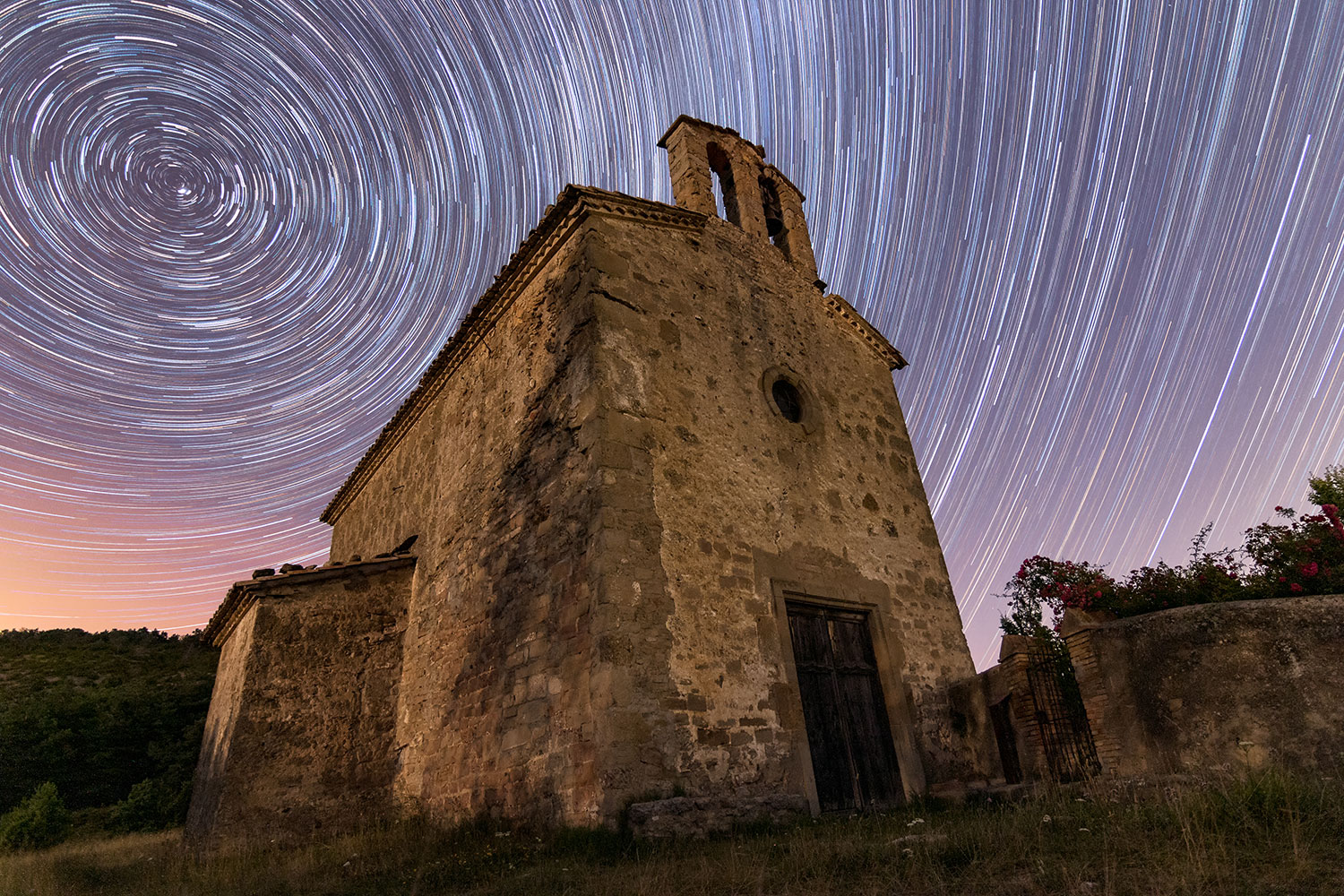
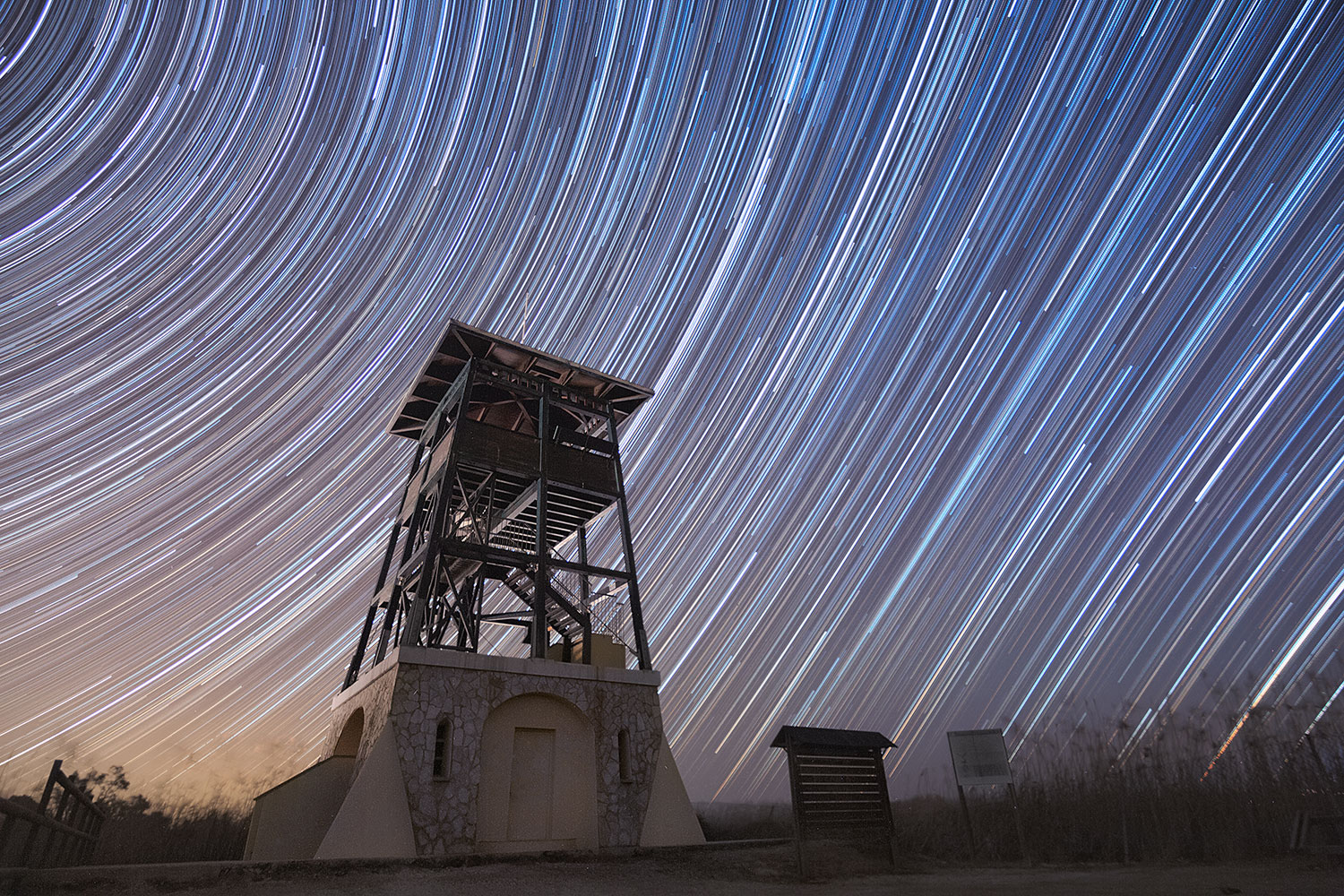

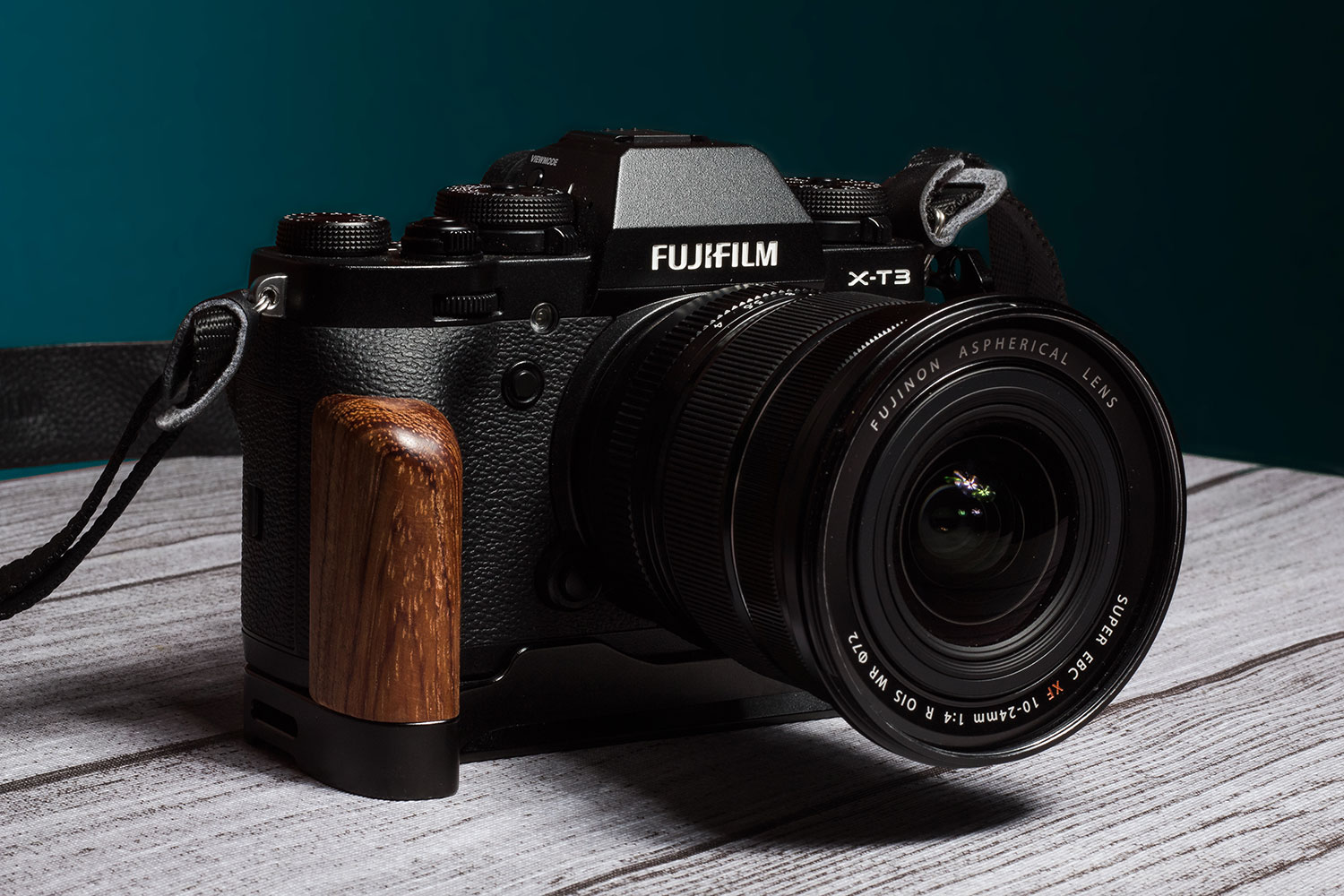
















Chris Ford
August 29, 2021 @ 11:13 am
Congratulations! Your photos are magical… and your English is amazing. 🙂
Ashok Viswanathan
September 4, 2021 @ 6:16 am
wonderfull landscape and seascapes…ashok viswanathan
Norbert
September 10, 2021 @ 7:14 am
First article I read on fujixpassion and I really liked it! Nice mix between background, vision, gear and workflow. Good work!
Paul
February 19, 2023 @ 8:27 am
Thanks for the very informative article, and the amazing pics! I love long exposure photography as well, and I just switched to the Fuji system. I have an X-T3 (for stills), an X-S10 (for video), the 10-24 WR, 18-55 2.8-4, 23 f2, and my canon 70-200 (with Fringer adaptor). I am really enjoying my Fuji gear, and love the colour science. While I don’t have the 50mp resolution of my %DSR, I find 26 mp more than enough resolution. Take care, and keep up the excellent work. In particular, I loved the boat images!